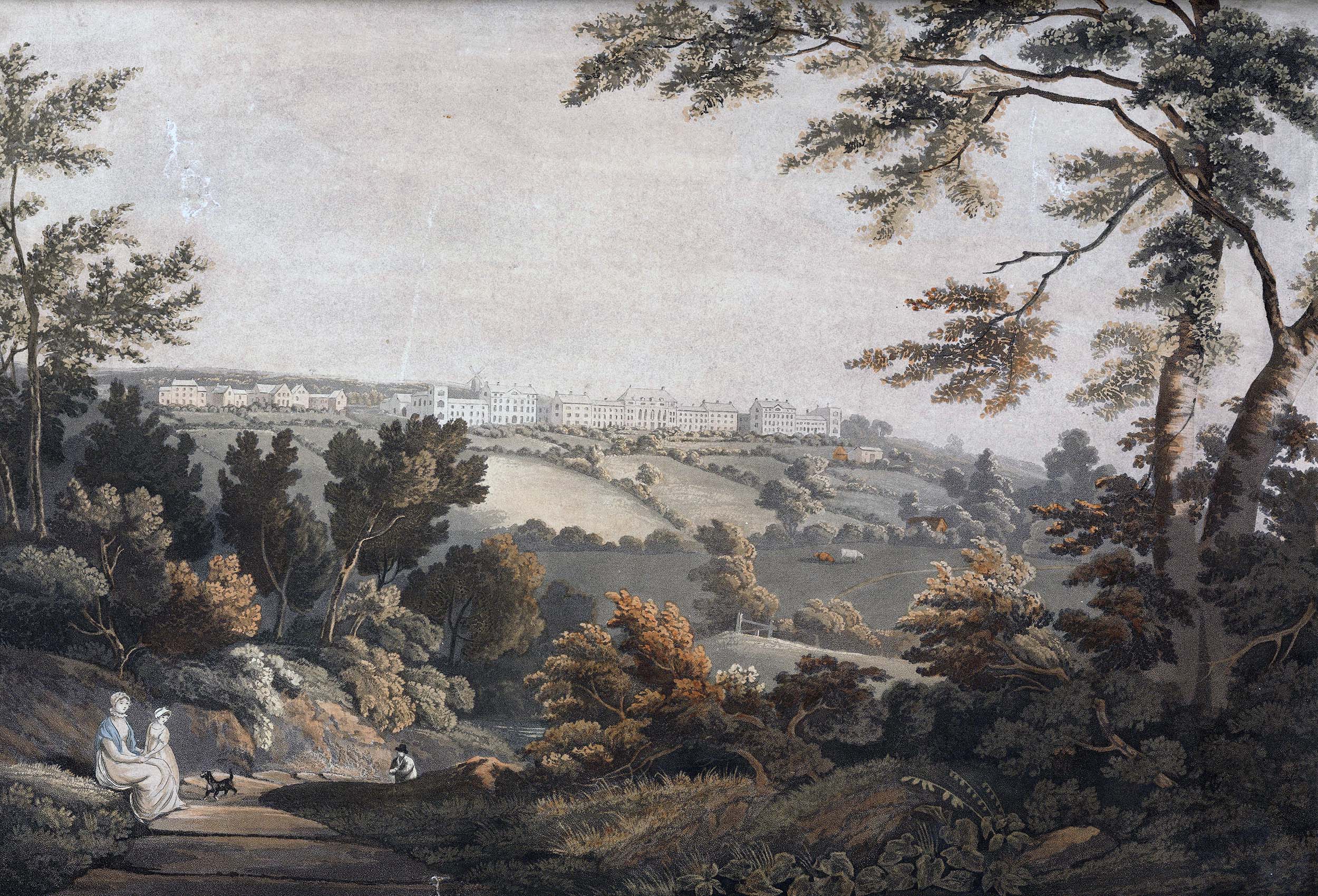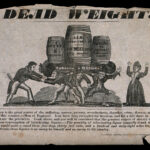18 July 1784: Wesley finds children “restrained from open sin” at one of the first Sunday schools, at Bingley
John Wesley. 1832. The Journal of the Reverend John Wesley, Sometime Fellow of Lincoln College, Oxford, Vol. 2. Ed. John Emory. New York: J. Emory and B. Waugh. Get it:
.Excerpt
Sun. 18. – I preached, morning and afternoon, in Bingley church, but it would not near contain the congregation. Before service I stepped into the Sunday School, which contains two hundred and forty children, taught every Sunday by several masters, and superintended by the curate. So, many children in one parish are restrained from open sin, and taught a little good manners, at least, as well as to read the Bible. I find these schools springing up wherever I go. Perhaps God may have a deeper end therein, than men are aware of. Who knows but some of these schools may become nurseries for Christians?
Comment
Comment
Wikipedia:
Sunday schools were first set up in the 18th century in England to provide education to working children. William King started a Sunday school in 1751 in Dursley, Gloucestershire, and suggested that Robert Raikes start a similar one in Gloucester. Raikes was editor of the Gloucester Journal. He wrote an article in his journal, and as a result many clergymen supported schools, which aimed to teach the youngsters reading, writing, cyphering (doing arithmetic) and a knowledge of the Bible. In 1785, 250,000 English children were attending Sunday school. There were 5,000 in Manchester alone (Wikipedia contributors 2022).
Leeds in 1784:
Similar institutions had been begun in Leeds, where Wesley was about to hold his conference. The town was already divided into seven divisions; and had twenty-six schools, containing above two thousand scholars, taught by forty-five masters. Each school commenced at one o’clock in the afternoon, the children being taught reading, writing, and religion. At three, they were taken to their respective churches; then conducted back to school, where a portion of some useful book was read, a psalm sung, and the whole concluded with a form of prayer, composed and printed for that purpose. Boys and girls were kept separate. There were four “inquisitors,” persons whose office it was to spend Sunday afternoon in visiting the twentysix schools, to ascertain who were absent, and then in seeking the absentees at their homes or in the public streets. The masters were mostly pious men, and were paid from one to two shillings a Sunday for their services, according to their respective qualifications. Each had a written list of his scholars’ names, which he was required to call over, every Sunday, at half-past one, and half-past five. Five clergymen visited the schools, and gave addresses; and the expenses of the first year, ending in July 1784, were about £234 (Tyerman 1876).
Something to say? Get in touch
Original
Sun. 18. – I preached, morning and afternoon, in Bingley church, but it would not near contain the congregation. Before service I stepped into the Sunday School, which contains two hundred and forty children, taught every Sunday by several masters, and superintended by the curate. So, many children in one parish are restrained from open sin, and taught a little good manners, at least, as well as to read the Bible. I find these schools springing up wherever I go. Perhaps God may have a deeper end therein, than men are aware of. Who knows but some of these schools may become nurseries for Christians?
105 words.
Similar
 28 April 1747: John Wesley visits “the new house of the Germans” (the Moravians) at Pudsey, which is financed by overseas donations
28 April 1747: John Wesley visits “the new house of the Germans” (the Moravians) at Pudsey, which is financed by overseas donationsSearch
Donate
Music & books
Place-People-Play: Childcare (and the Kazookestra) on the Headingley/Weetwood borders next to Meanwood Park.
Music from and about Yorkshire by Leeds's Singing Organ-Grinder.



 Bluesky
Bluesky Extwitter
Extwitter